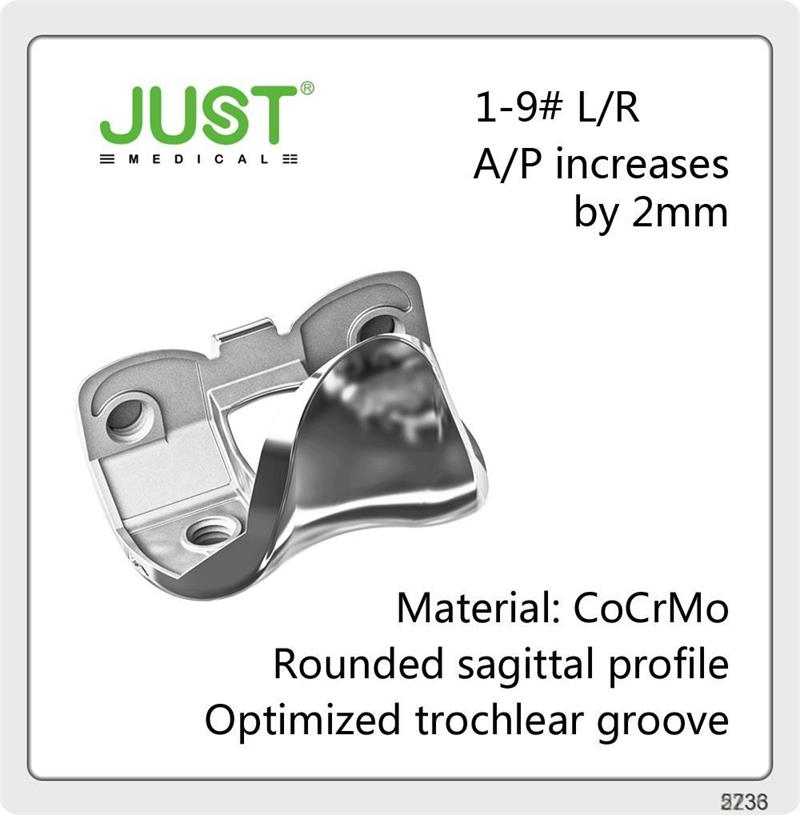The rectangular shank has a rectangular cross-section and a 3 ° cone on the coronal and sagittal planes. The design concept is that the shank body has a double-sided cone. No stress concentration point; the longitudinal taper is conducive to the axial stability of the prosthesis, and the rectangle is conducive to close contact with the bone bed, preventing rotation and settlement. The rectangular shank is "press-fitted without filling", which can save a large number of the endometrium, provide sufficient blood supply to the medullary cavity, and promote bone growth. Hip prosthesis manufacturer shares with you.
Studies have shown that the average filling rate of the rectangular stem on the upright x-ray film is 82.72%. A sudden narrowing of the medullary cavity or a femoral isthmus at the femoral metaphysis or 20 mm below the trochanter may result in a firm fitting fit. At the same time, the rectangular handle was used to expand the medulla during the implantation, and compressed the cancellous bone, so that the handle was embedded in the cortical bone of the medulla, to obtain a firm initial fixation. Therefore, patients can get out of bed early in the postoperative period, and Handle body sinking rate is low.

The rectangular shank diameter is smaller than the conical round shank. According to the theory of elastic modulus, the axial stiffness of the prosthesis increases with the cross-section or the square of the shank diameter. The buckling stiffness is the fourth power of the shank diameter. Therefore, the rectangular shank pair The stress shielding of the proximal femur and the absorption of the femoral distance are also smaller than those of the cone-shaped round stem. From a clinical perspective, it is difficult to determine how much stress shielding is tolerable, but there is no need to worry about mild stress shielding. Some studies have suggested that stress shielding does not significantly affect the treatment effect. Femoral bone can be adaptively reconstructed for changes in non-physiological stress loading. Bone density can gradually recover after surgery, so the side effects of stress shielding effects may be exaggerated by previous literature.
In summary, the good filling rate of the medullary cavity of the rectangular handle and the press-fit achieve stable initial fixation. The handle-type design reduces the stress shielding of the handle body as much as possible, laying a foundation for the long-term stability of the handle body.
Our company provides joint prosthesis materials.
Previous: Disposable basic protective mask BFE99%
Copyright:@2020-2021
Comments Please sign in or sign up to post.
0
0 of 500 characters used